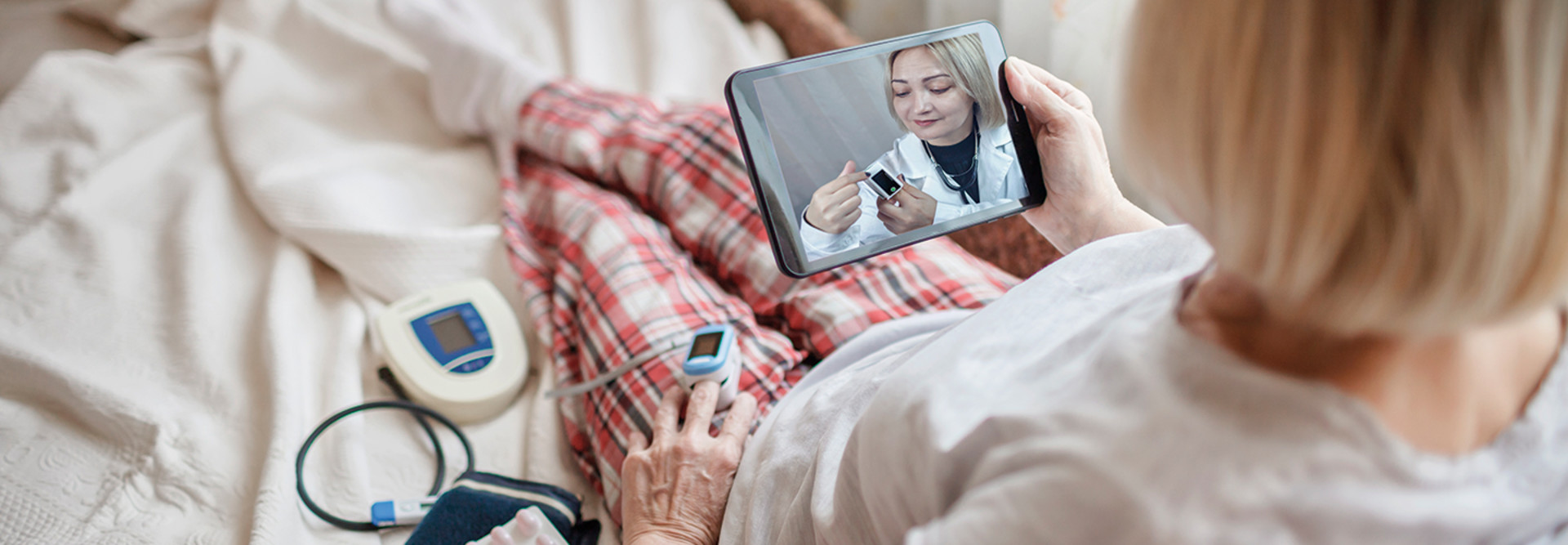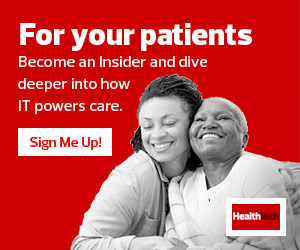Insightful Patient Data Is Key to Hospital-at-Home Strategies
To successfully build a new, virtually driven care model, clinicians need tools that provide them with access to meaningful patient insights and trends. Interoperability, where data flows easily and securely across every component, will also be essential to extending care.
Molina notes that the rise of these technologies has changed care models for both patients and clinicians.
“For example, there are many advantages to using care programs with connected devices when managing patients who have chronic conditions,” she says. “Previously, patients had to travel to their doctors to receive care, but they can get that same level of care now in a much more accessible way, wherever they may be.”
RELATED: Healthcare providers continue to adapt to changing care environments.
She says traditional healthcare institutions have an important role to play in this new care delivery method.
“By embracing health informatics, data integration and artificial intelligence solutions, they can help support virtual care platform efforts in the long term,” Molina says. “By ensuring patients receive the right level of care, in the right setting, at the right time, health systems can improve patient outcomes and manage their patient load and resources.”
Remote Patient Monitoring Extends Care to the Home
Dr. David Levine, who leads the home hospital program at Brigham and Women’s Hospital, says the program has been in operation for more than six years, with BWH actively caring for acutely ill adults throughout the Boston area.
“We are consistently expanding our size and scope to care for more patients,” Levine explains. “Some of the key technologies include continuous monitoring, point-of-care imaging and laboratory tests, and seamless communication systems.”
He notes that BWH’s home hospital team uses a fair number of remote visits and monitoring, making telehealth an important part of its strategy.
“This is fairly standard technology, but it enables communication among care team members and patients,” he says.
Dr. Rob Bart, chief medical information officer at University of Pittsburgh Medical Center, says the program UPMC has developed, the Home Assessment and Response Team (HART), can be thought of as urgent care that comes to the patient — not to replace 911 services, but to meet the needs of patients where they are.
LEARN MORE: The benefits of remote patient monitoring are wide ranging.
“The program went live in September, and we are currently using it on a narrow segment of patients to evaluate if we can decrease unnecessary emergency department utilization,” he says.
The service can obtain laboratory specimens and X-rays. HART also provides remote patient monitoring using two-way audio-video with additional home-based technologies. Bart notes that UPMC’s home hospital expansion plans are currently in development and points to the convergence occurring in the healthcare wearables space.
The cost of FDA-approved monitoring wearables is approaching the price point for consumer wearables, Bart says, “which will allow for broader use of technology in both disposable and reusable forms for patient monitoring at home.”
Levine adds that he sees healthcare at home as having the potential to redefine care delivery business models as well as the relationship between provider, personal caregiver and patient.
“We are already seeing the entire sector redefine itself with mergers, acquisitions and new companies,” he says. “I think the space will take time to settle down, but we will ultimately see a very agile set of interdependencies with multiple actors doing a few things very well and requiring collaboration to do the whole thing well.”











